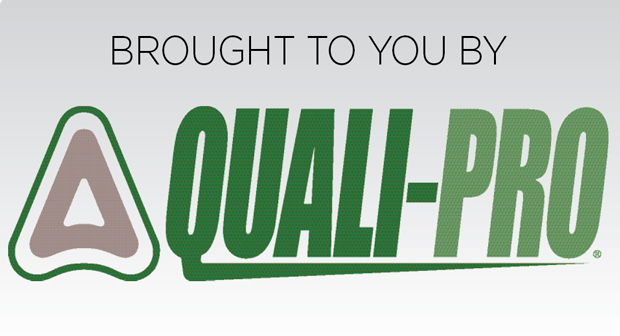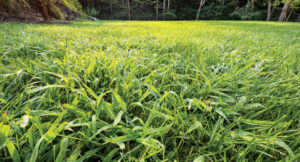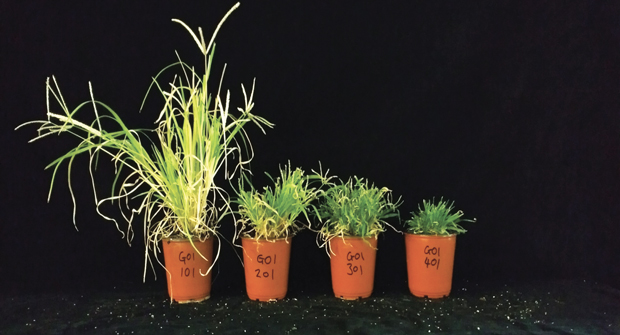When it comes to weeds, sometimes you just need to cook its goose.
Crabgrass (Digitaria spp.) and goosegrass (Eleusine indica) are two similar and common turf pests found poking out of lawns throughout the United States. Germinating in the spring and growing quickly through the warm months, these annual weeds can produce thousands of seeds that can stick in the soil for years, causing a perennial problem.

Like a wagon wheel
Jason James, owner of Turf 212 in Greenville, S.C., says a common issue with both weeds is being mistaken for each other. To some, both weeds can just look like “out-of-place grass.”
“If you look at it very closely, you can see a bunch of hairs all over the crabgrass,” he says.
James also says crabgrass is clumpier, taller and can sometimes have a purplish color, especially at the base. Goosegrass, however, is flatter and more matted to the ground with a thicker, whiter root system and stems that look similar to a wagon wheel.
He also notes that it’s important to not confuse these pests with dallisgrass, which is another similar grassy weed. Dallisgrass has a unique black seed head, meaning that’s a defining detail to look for.
Hunting season
Depending on location, James says that chemical treatment for crabgrass and goosegrass can change for different types of turf. However, there’s a decent catch-all strategy that he’s found to work well.
“So Barricade (prodiamine) and my Dimension (dithiopyr), I treat it the same for bermuda and zoysia and fescue,” James says. “Right now, we’re spraying that across the board. So on all my grasses, we’re spraying bermuda, zoysia, with Barricade going out the door Feb. 15.”

James says depending on how quickly he can get to his customers, he’ll then make a second application across the board with Dimension near the second week of April. He recommends prodiamine products due to its versatility, availability and cost efficiency.
“That’s your best preemergent to use across the board. That’s why everybody makes prodiamine,” James says. “Because prodiamine is so cheap.”
For dithiopyr, James recommends Corteva Agriscience and Quali-Pro’s products.
He also warns that those in colder and warmer climates will have different schedules for applications. As a general rule of thumb for preemergent application, soil temperatures at a 2-inch depth should be roughly 55 degrees for crabgrass and about 60 degrees for goosegrass.
Healthy habits
Crabgrass and especially goosegrass like to thrive in thin soil where conditions are unfavorable, such as near driveways and sidewalks. This means that the best preventative measure for these pests is proper turf maintenance.
“I’m a firm believer on this; the best weed control you can apply on your yard is a thick, healthy turf,” James says. “The thicker you can keep that yard, the better off you are. That’s what’s going to help to fight your weeds.”
James also says mowing height and frequency come into play, especially when working with different grasses. Leaving fescues taller while cutting zoysia and bermuda shorter has shown him success with managing his landscapes.


